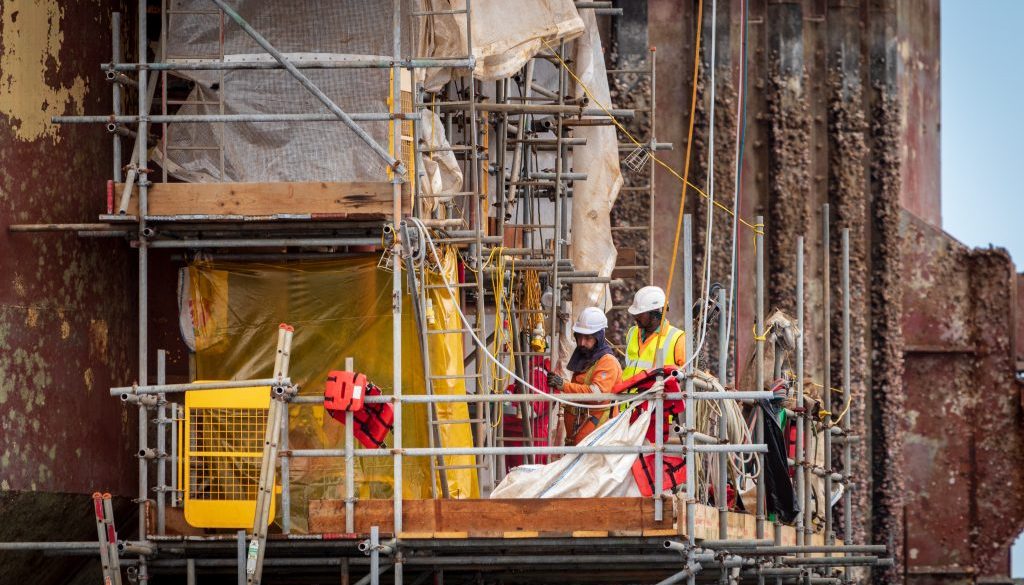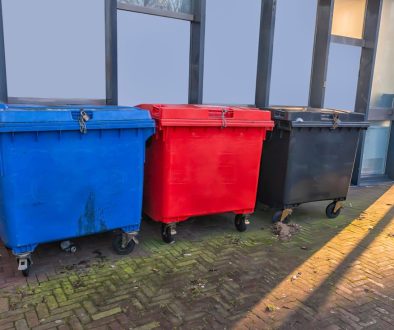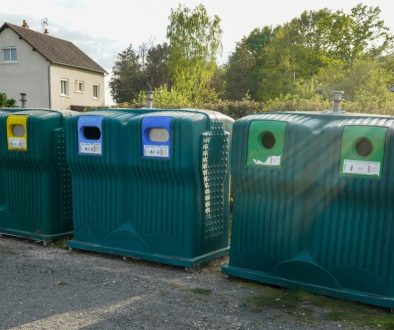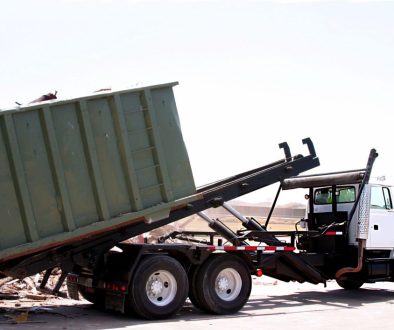Construction waste is a major issue in the industry, with most of it ending up in landfills. As environmental awareness increases, it’s becoming more important for construction firms to take steps to reduce the amount of waste they produce. Fortunately, there are a number of strategies that can be used to minimise the amount of waste generated on the job site. Here are eight effective strategies to help construction firms reduce their waste:
1. Planning and Preparation
Planning and preparation are essential for any construction project and are the key to reducing waste. Before starting a project, construction firms should take the time to plan thoroughly for the job and create an accurate timeline. By planning ahead, firms can accurately estimate the number of materials needed and avoid ordering too much, reducing the excess that ends up as waste.
2. Material Sourcing and Selection
Using the right materials for the job can help reduce waste and save time and money. When sourcing materials, construction firms should consider the product’s quality and its environmental impact. By selecting durable and long-lasting materials, firms can reduce the amount of waste generated over the project’s life. Additionally, construction firms should look for materials made from recycled or renewable sources, as these will reduce the amount of energy and resources used in production.
3. On-Site Storage and Handling
Construction companies must ensure their materials are properly stored and handled on-site. This means they should have a safe, dry space that is well-marked and protected from the weather. All hazardous materials should be identified and kept separate from the rest of the storage area. Workers should be properly trained and provided with the right tools to securely store and manage the materials.
Workers should be cognizant of the risks associated with the materials they are handling and wear the appropriate protective gear. When transporting materials, it is important to follow the manufacturer’s guidelines. If any materials are defective or damaged, it is important to immediately alert the proper personnel.
4. Rubbish Segregation
Rubbish sorting involves dividing garbage into different types, like recyclables, hazardous substances, and non-recyclables. This helps to discard the waste in an appropriate way. For instance, recyclables can be sent to a recycling facility, hazardous materials can be disposed of safely, and non-recyclables can be brought to a landfill.
Separating our waste into different categories makes it easier to know what can be recycled and what needs to be thrown away. This helps reduce the amount of rubbish sent to landfills, which is good for the environment. Additionally, it can lower the cost of disposing of construction waste, as it allows us to identify materials that can be recycled or reused.
5. Reuse and Recycling
Reusing materials is another effective way to reduce construction waste. Before disposing of any materials, construction firms should assess whether they can be reused for another job or even repurposed for a different purpose. This can help to avoid the need for new materials and reduce the amount of waste generated.
Recycling is another important strategy for reducing construction waste. Construction firms should separate recyclable materials, such as metals and plastics, and ensure they are recycled rather than thrown away. This is a great way to reduce the amount of waste sent to landfills.
6. Construction Rubbish Management Plan
It is essential to accurately identify the different types of construction waste to create an effective rubbish management plan. This plan should include the steps taken to collect, store, dispose of, and recycle each type of waste. Collection and storage should be carried out in a safe and responsible manner, while disposal and recycling should be done according to local and national regulations. Doing so will help ensure the construction site is kept clean and free of hazardous materials.
To reduce the amount of waste generated on the construction site, implement more efficient construction techniques, reuse materials where possible, and use materials with less waste-generating potential, such as prefabricated components or recycled materials. A rubbish management plan should include processes for sorting and disposing of waste responsibly and keeping records of the disposal process. This should be done in an environmentally responsible way.
The plan should include a system of checks and balances to guarantee that the rubbish management plan operates efficiently. This may involve regular assessments, inspections and reviews of the rubbish management processes. Through these measures, it will be possible to identify areas which require improvement and establish whether the plan is achieving its goals. Regular monitoring will ensure the plan is working as intended.
7. Proper Equipment Maintenance
Regularly inspecting your equipment is key to maintaining it in good condition. This helps catch any issues before they become more serious and allows you to replace any damaged or worn parts. Doing so helps avoid costly repairs and keeps the equipment running smoothly.
Regular upkeep of the machinery is essential to maintain its optimal efficiency and performance. This involves the machinery’s lubrication and cleaning, along with replacing any worn components. By keeping the machinery in a functioning condition, it will consume less energy and materials, thus reducing wastage.
8. Use of Sustainable Materials
More and more people are recognizing the importance of using sustainable materials in construction to help protect our environment. By selecting eco-friendly materials, construction projects can reduce the amount of waste generated and help create a more environmentally friendly built environment. By using materials that are produced in an environmentally responsible manner, construction projects can reduce the environmental impact of the production and use of these materials. Furthermore, using sustainable materials in construction helps to reduce the amount of waste produced, reducing the amount of pollution and damage to the environment.
The Bottom Line
In summary, construction waste can be a major issue, but it can be reduced and managed by following eight key strategies. Waste segregation, reuse and repurposing of materials, effective waste management plans, proper documentation, communication between stakeholders, training personnel, tracking waste, and utilising waste disposal services can help reduce environmental impact, improve efficiency, and save money.
At Enviro Skip Hire, we understand that every project is unique. Therefore, we provide an extensive range of skip sizes and materials to suit your requirements. From large commercial skips to smaller domestic skips, we have it all. We also supply a range of aggregates and materials, such as soil, gravel and sand, to complete your project. For your local skip hire needs, browse our selection today and find the perfect match.




